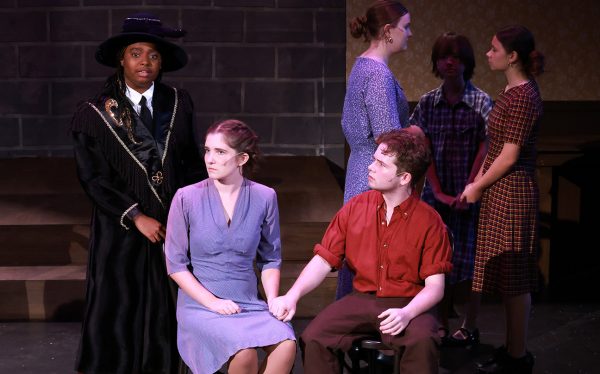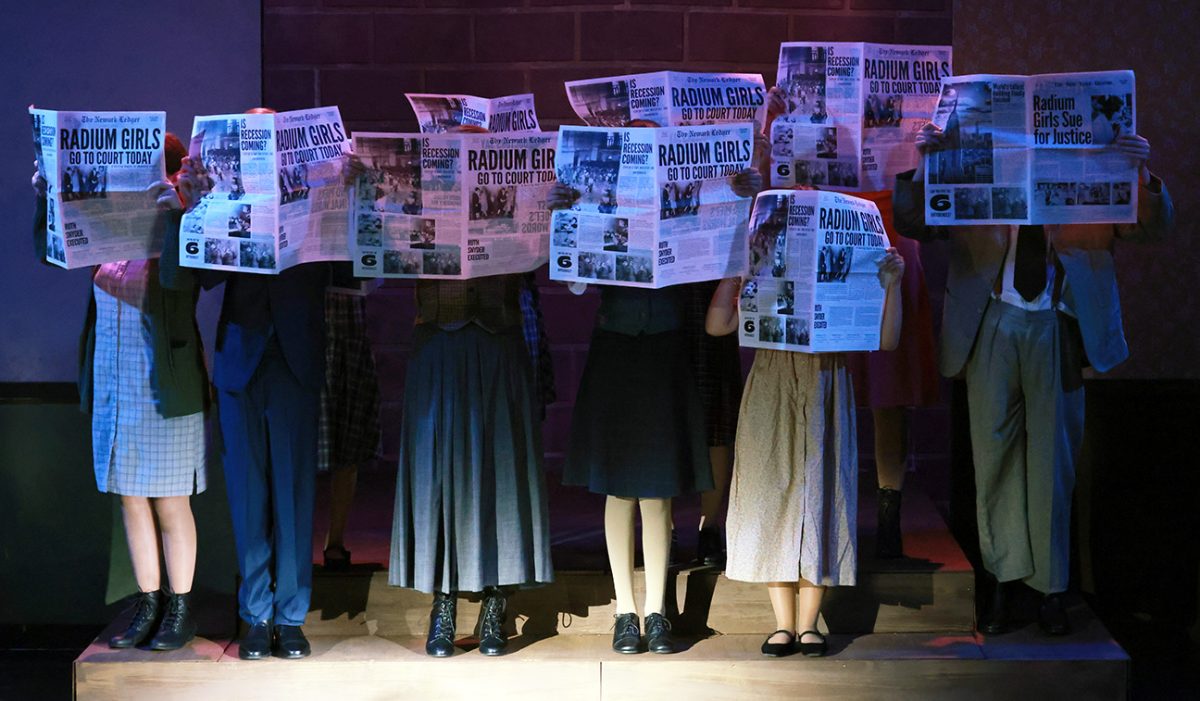This past week, Marist theatre, led by theatre director Eric McNaughton, put on another successful play: Radium Girls. The play, based on a true story, left me with the question: who were the radium girls?
The play is based on the lives of factory working women in the 1920’s, when radium was a newly discovered element. Radium girls worked in factories painting watch dials with luminous, radium-based paint.
The glowing paint allowed dials to be read in the dark, which was especially useful during World War I. Because of radium’s unique properties, companies like the United States Radium Corporation used the luminous paint for military instruments.
As the war continued, hundreds of young women were hired to paint these military instruments. Working class families were thrilled by the significantly higher wages, not concerned with why the pay was better.
The dangers of radium exposure were already known to scientists and supervisors but not disclosed to workers. Male scientists handling radium at the time used lead aprons and tongs for protection.
As the male company executives wore protective gear to shield against the radium, the women were instructed to “lip-point” their brushes 5 to 10 times a dial – a technique where the brushes were sharpened with the woman’s lips to get a fine tip.
Unbeknownst to them, the women began to ingest radium over time.
Eventually, the women developed horrifying symptoms such as anemia, bone fractures, and ultimately death.
The irony of it all is that the dial companies denied any connection between the illness and radium, despite knowing of the dangers.
In 1927, Grace Fryer led five women from New Jersey on a mission to get justice. The women sued the United States Radium Corporation and won, paving the way for modern labor rights.
The women’s work led to strengthening compensation laws and the creation of occupational health standards.

Grace Fryer, played by the talented student Flannery Hipp, is portrayed in the play as a powerful character who demands justice for herself and the other women who suffered under the United States Radium Corporation.
“This role was especially challenging to play because I’ve never gone through as much emotional and physical pain as Grace, so I had to draw on emotions that usually I would push down, like her furious anger, and amplify them in order to accurately tell her story,” Hipp said.
Through the actors, actress, and stage sets, The Marist Theatre Company brought to life the true and inspiring story of the 1920s Radium Girls.




